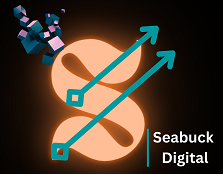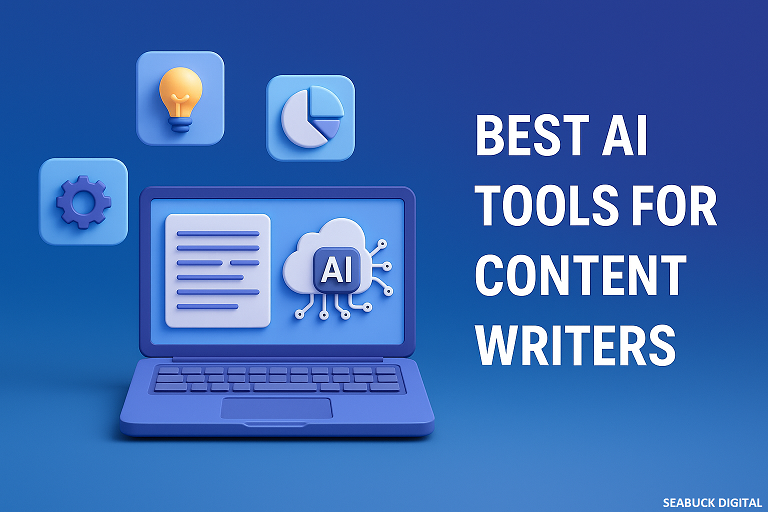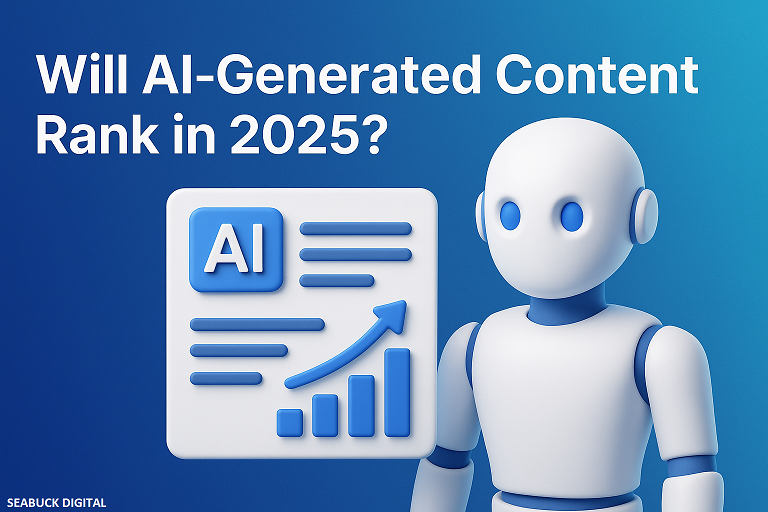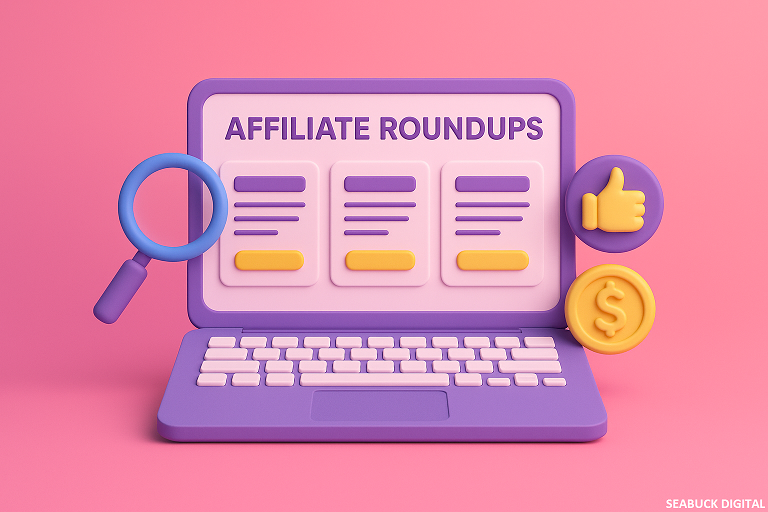
Introduction to SaaS Content Funnels
What is a Content Funnel?
Imagine a funnel where you pour in random traffic at the top and out come paying customers at the bottom. That’s the essence of a SAAS content funnel—a structured process that moves users through different stages of the buyer journey using content.
Why SaaS Needs a Content Funnel
SaaS products are rarely bought impulsively. They’re often technical, subscription-based, and require trust. A content funnel helps educate, engage, and convert potential users by solving their problems before pitching your product.
The Role of AI in Modern Content Marketing
AI has totally flipped the script. What used to take hours—research, writing, analyzing—is now done in minutes. AI isn’t just a tool; it’s your 24/7 marketing assistant that never sleeps. From research to automation, it can guide prospects down your funnel faster and smarter.
Understanding the Stages of a SaaS Content Funnel
Top of Funnel (TOFU) – Awareness
This is where people are just realizing they have a problem. They’re Googling symptoms, not solutions. Your job? Attract them with helpful, engaging content like blog posts, videos, or guides.
Middle of Funnel (MOFU) – Consideration
Here, they’re actively researching solutions. You need to stand out by offering case studies, comparison posts, webinars, and even email sequences to nurture the lead.
Bottom of Funnel (BOFU) – Decision
Now they’re ready to buy. Time to bring out the big guns—product demos, customer testimonials, and free trials—all designed to remove objections and close the deal.
Post-Funnel – Retention & Advocacy
Don’t stop at the sale. AI can help personalize onboarding, deliver educational content, and gather feedback, turning users into promoters.
How AI is Revolutionizing the SaaS Content Funnel
AI for Audience Research
Tools like SparkToro or ChatGPT can uncover:
- What your audience reads
- Where they hang out
- What pain points they constantly talk about
This helps in tailoring content that feels like it’s speaking directly to them.
AI for Keyword Discovery and SEO
AI-powered SEO tools like Surfer SEO, Semrush, and Ahrefs use machine learning to suggest low-competition, high-intent keywords, and help you optimize content structures.
AI Tools for Content Ideation
Stuck on ideas? Tools like Jasper, Copy.ai, or ChatGPT can generate hundreds of blog ideas, email subject lines, or social media posts in seconds based on user intent and keyword input.
Building Each Stage of the Funnel with AI
TOFU: Creating High-Traffic Content with AI
AI Blog Generators
AI tools can research, outline, and even write high-quality blog content tailored for SEO. The key? Still edit and humanize it to keep that authentic tone.
Social Media Automation with AI
Tools like Buffer AI Assistant or Ocoya help schedule and even write engaging captions and tweets that align with trending topics and keywords.
MOFU: Educating and Nurturing Leads with AI
Personalized Email Workflows
AI can segment your leads and trigger custom email sequences based on behavior, using platforms like Mailchimp AI or ActiveCampaign.
AI-Generated Webinars, eBooks & Whitepapers
AI tools like Scribe and Jasper can help you build long-form assets that explain complex concepts—perfect for educating and building trust.
BOFU: Converting Leads with AI Assistance
Smart Chatbots & Conversational AI
Use Drift or Intercom AI to answer pre-sales questions, handle objections, and even guide users to specific product features or demos.
AI for Demo Scheduling and Trial Optimization
AI assistants like Calendly with AI or Chili Piper help auto-schedule calls or trials with the best-fit sales reps, saving tons of time and reducing friction.
Recommended AI Tools for SaaS Content Funnels
Content Creation
- Jasper
- Copy.ai
- ChatGPT
SEO and Keyword Research
- Surfer SEO
- Semrush
- Ahrefs
Analytics and Optimization
- Google Analytics 4 + AI insights
- Heap
- Hotjar AI (for behavioral data)
Automation and Lead Nurturing
- Mailchimp AI
- HubSpot
- ActiveCampaign
Measuring Funnel Effectiveness with AI
AI-Powered Analytics and Predictive Insights
Tools like PaveAI or Ortto can transform Google Analytics into actionable insights, forecasting which content pieces are most likely to convert.
Conversion Tracking & Attribution Models
AI helps assign value to each content interaction so you know what worked and can double down on it. It also helps in multi-touch attribution across channels.
Common Mistakes to Avoid When Using AI in Content Funnels
- Over-automating and sounding robotic
- Ignoring the need for human editing
- Using the same content across all funnel stages
- Not measuring AI content performance
- Blindly trusting AI suggestions without brand alignment
Tips to Maximize ROI from AI in SaaS Marketing
- Train your AI tools with customer feedback and existing assets
- Use AI to scale your content, not replace your voice
- Combine AI outputs with first-party data for personalization
- Test and optimize every funnel step with AI-driven A/B tests
- Keep an eye on emerging AI features to stay competitive
Conclusion
AI is no longer a “nice-to-have”—it’s a must-have weapon in your SaaS marketing arsenal. With the right tools and strategy, you can craft a high-performing content funnel that not only attracts leads but turns them into loyal customers. Whether you’re just starting out or looking to scale, using AI wisely can supercharge your efforts, reduce workload, and improve ROI across the board.
FAQs
Can AI create all my content for a SaaS funnel?
AI can handle a large portion of content generation, but human editing is crucial to maintain authenticity, tone, and trust.
What is the best AI tool for SaaS content marketing?
It depends on your needs. For writing—Jasper or ChatGPT; for SEO—Surfer SEO; for email automation—ActiveCampaign.
How do I personalize AI-generated content?
Use AI tools that integrate user behavior and data segmentation to tailor messages per lead stage or persona.
Does AI affect my Google rankings negatively?
Not if used properly. Google favors helpful, original content—whether human- or AI-assisted. Just avoid spammy, low-effort AI content.
How often should I update my AI-driven funnel content?
Review quarterly. Let AI analyze performance metrics and suggest improvements to keep things fresh and effective.
Read More:
How to Build Links from SaaS Directories











